Research on a Feature Enhancement Extraction Method for Underwater Targets Based on Deep Autoencoder Networks
Abstract
1. Introduction
- Labeled data is required;
- Some papers use supervised learning methods to train the network. When it has fewer layers, usually converge the parameters can converge to a reasonable range. However, when this method is used to train deep networks, results are not satisfactory. In particular, training a neural network using a supervised learning approach usually involves solving a highly non-convex optimization problem, such as minimizing training error. For deep networks, the search region of such non-convex optimization problems is filled with a large number of local extremes, thus, using gradient descent does not work well;
- As the depth of the network increases, the magnitude value of the backward propagation’s gradient decreases. This results in a very small derivative of the loss function with respect to the weights of the initial layers. Thus, using gradient descent, the weights of the initial layers change so slowly that the network is not able to learn effectively from samples.
- The G-BRBM for real-valued signals is designed and programmed to optimize parameters of the DAE with the layer-by-layer greedy and fine-tuning algorithm;
- The proposed DAE is applied to the enhancement extraction of line spectrum image features, which can adaptively repair the feature line spectrum, remove the noise, and improve the contrast between the weak line spectrum and the background;
- The DAE-processed spectral image features are clear and the line spectrum are regularized, which is conducive to the application of subsequent features.
2. DAE for Feature Line Spectrum Enhanced Extraction
2.1. DAE Network Principles
2.2. Introduction to Line Spectrum Enhancement Method
3. Simulation of Feature Enhancement Extraction Based on Real Ship Data
3.1. DAE Model Validation
3.2. Real-Ship LOFAR Spectrum Experiment
- The generated LOFAR spectrum is encoded with a DAE, the image language is transformed into a matrix form as an input for subsequent calculations and the LOFAR spectrum is deflated into a 400 × 400 × 3 RGB image through the resize operation. The matrix size depends on the frequency resolution of LOFAR spectrum, the selected bandwidth on the one hand, and the selected time duration on the other. In order to make the denoising network model process natural images and calculate the nonlinear data model with stronger computational ability, the autoencoder designed in this paper incorporates an activation function f(x) such as sigmoid(x) at the end of each layer;
- The generated matrix is used as input, and the layer-by-layer greedy algorithm is used to process the G-BRBM to obtain the DAE network, which kernel computes the separated subsets one-by-one and obtains the output, so that the background noise in original data is suppressed while the feature line spectrum is enhanced;
- Fine-tune according to the discriminative criteria of underwater targets and observe the size of the error, if the error is within the acceptable range, then output the results; if the error is too large, then enter the process of back propagation of the error, the error signal through the output layer, the implied layer to the input layer-by-layer to the weights and bias values to correct, so that the error is gradually reduced within the acceptable range. Finally, the processed matrix is re-decoded and transformed into the image language.
- Traditional algorithms have limited enhancement effect on broken line spectrum, whereas our proposed DAE can adaptively drive repair line spectrum with hydroacoustic data to remove image noise and, thus, enhance line spectral features while maximizing the retention of original feature information;
- The traditional method can enhance the contrast between the line features and background, but the enhancement effect is poor for the weak line spectrum, while our proposed DAE can also increase the contrast between the weak line spectrum and background, which is more intuitive visually, with a higher degree of separation, which is conducive to the identification of weak/very weak line spectrum, Compared to traditional methods, the DAE method can achieve more than double the extractable line spectral density within the 10–300 Hz frequency band;
- The features after DAE reconstruction are more regular, and the phenomenon of line spectrum crossing and overlapping is reduced, which is conducive to feature extraction at a later stage;
- The DAE model enhances the line spectrum features of LOFAR spectrum with a faster response time, and the average processing time per sample is 26 ms.
4. Conclusions
Author Contributions
Funding
Institutional Review Board Statement
Informed Consent Statement
Data Availability Statement
Conflicts of Interest
References
- Zhuo, J. A Study on the Auditory-Based Algorithms for Underwater Target Radiated Noise Identification. Master’s Thesis, National University of Defense Technology, Changsha, China, November 2016. [Google Scholar]
- Zare, M.; Nouri, N.M. Novel feature extraction of underwater targets by encoding hydro-acoustic signatures as image. Appl. Ocean. Res. 2023, 138, 103627. [Google Scholar] [CrossRef]
- Li, W.; Shen, X.; Li, Y. A Comparative Study of Multiscale Sample Entropy and Hierarchical Entropy and Its Application in Feature Extraction for Ship-Radiated Noise. Entropy 2019, 21, 793. [Google Scholar] [CrossRef] [PubMed]
- Zare, M.; Nouri, N.M. A novel hybrid feature extraction approach of marine vessel signal via improved empirical mode decomposition and measuring complexity. Ocean. Eng. 2023, 271, 113727. [Google Scholar] [CrossRef]
- Aulinas, J.; Carreras, M.; Llado, X.; Salvi, J.; Garcia, R.; Prados, R.; Petillot, Y.R. Feature extraction for underwater visual SLAM. In Proceedings of the OCEANS 2011 IEEE-Spain, Santander, Spain, 6–9 June 2011. [Google Scholar]
- Dalal, N.; Triggs, B. Histograms of oriented gradients for human detection. In Proceedings of the 2005 IEEE Computer Society Conference on Computer Vision and Pattern Recognition (CVPR’05), San Diego, CA, USA, 20–25 June 2005. [Google Scholar]
- Yu, Y.; Cao, X.; Zhang, X. Underwater Target Classification Using Deep Neural Network. In Proceedings of the 2018 OCEANS-MTS/IEEE Kobe Techno-Oceans (OTO), Kobe, Japan, 28–31 May 2018. [Google Scholar]
- Feng, Y. Research of SAR Feature Extraction and Target Recognition Based on Deep Learning. Master’s Thesis, University of Electronic Science and Technology of China, Chengdu, China, 31 March 2017. [Google Scholar]
- Chen, Y.; Xia, R.; Zou, K.; Yang, K. FFTI: Image inpainting algorithm via features fusion and two-steps inpainting. J. Vis. Commun. Image Represent. 2023, 91, 103776. [Google Scholar] [CrossRef]
- Wang, X.; Zhao, Y.; Teng, X.; Sun, W. A stacked convolutional sparse denoising autoencoder model for underwater heterogeneous information data. Appl. Acoust. 2020, 167, 107391. [Google Scholar] [CrossRef]
- Shi, M.; Wang, H. Infrared Dim and Small Target Detection Based on Denoising Autoencoder Network. Mob. Netw. Appl. 2020, 25, 1469–1483. [Google Scholar] [CrossRef]
- Hashisho, Y.; Albadawi, M.; Krause, T.; von Lukas, U.F. Underwater Color Restoration Using U-Net Denoising Autoencoder. In Proceedings of the 2019 11th International Symposium on Image and Signal Processing and Analysis (ISPA), Dubrovnik, Croatia, 23–25 September 2019. [Google Scholar]
- Testolin, A.; Diamant, R. Underwater Acoustic Detection and Localization with a Convolutional Denoising Autoencoder. In Proceedings of the 2019 IEEE 8th International Workshop on Computational Advances in Multi-Sensor Adaptive Processing (CAMSAP), Le Gosier, Guadeloupe, 15–18 December 2019. [Google Scholar]
- Chen, J.; Han, B.; Ma, X.; Zhang, J. Underwater Target Recognition Based on Multi-Decision LOFAR Spectrum Enhancement: A Deep-Learning Approach. Future Internet 2021, 13, 265. [Google Scholar] [CrossRef]
- Jeong, H.; Lee, C.; Park, J.; Park, K. Performance of Denoising Autoencoder for Enhancing Image in Shallow Water Acoustic Communication. J. Korea Inst. Inf. Commun. Eng. 2021, 25, 327–329. [Google Scholar] [CrossRef]
- Ni, J.; Zhao, M.; Hu, C.; Lv, G.; Guo, Z. Ship Shaft Frequency Extraction Based on Improved Stacked Sparse Denoising Auto-Encoder Network. Appl. Sci. 2022, 12, 9076. [Google Scholar] [CrossRef]
- Chen, Y.; Liu, L.; Phonevilay, V.; Gu, K.; Xia, R.; Xie, J.; Zhang, Q.; Yang, K. Image super-resolution reconstruction based on feature spectrum attention mechanism. Appl. Intell. 2021, 51, 4367–4380. [Google Scholar] [CrossRef]
- Chen, Y.; Xia, R.; Yang, K.; Zou, K. MFFN: Image super-resolution via multi-level features fusion network. Vis. Comput. 2023, 40, 489–504. [Google Scholar] [CrossRef]
- Su, J.; Xu, B.; Yin, H. A survey of deep learning approaches to image restoration. Neurocomputing 2022, 487, 46–65. [Google Scholar] [CrossRef]
- Liu, F.; Shen, T.; Luo, Z.; Zhao, D.; Guo, S. Underwater target recognition using convolutional recurrent neural networks with 3-D Mel-spectrogram and data augmentation. Appl. Acoust. 2021, 178, 107989. [Google Scholar] [CrossRef]
- Khishe, M. DRW-AE: A Deep Recurrent-Wavelet Autoencoder for Underwater Target Recognition. IEEE J. Ocean. Eng. 2022, 4, 1083–1098. [Google Scholar] [CrossRef]
- Park, J.; Jung, D.-J. Identifying Tonal Frequencies in a Lofargram with Convolutional Neural Networks. In Proceedings of the 2019 19th International Conference on Control, Automation and Systems (ICCAS), Jeju, Republic of Korea, 15–18 October 2019. [Google Scholar] [CrossRef]
- Muhammad, I.; Zheng, J.; Shahid, A.; Muhammad, I.; Zafar, M.; Umar, H. DeepShip: An underwater acoustic benchmark dataset and a separable convolution based autoencoder for classification. Expert Syst. Appl. 2021, 183, 115270. [Google Scholar] [CrossRef]
- Ji, F.; Ni, J.; Li, G.; Liu, L.; Wang, Y. Underwater Acoustic Target Recognition Based on Deep Residual Attention Convolutional Neural Network. J. Mar. Sci. Eng. 2023, 11, 1626. [Google Scholar] [CrossRef]
- Hinton, G.E.; Osindero, S.; Teh, Y.W. A fast learning algorithm for deep belief nets. Neural Comput. 2006, 18, 1527–1554. [Google Scholar] [CrossRef] [PubMed]
- Vincent, P.; Larochelle, H.; Bengio, Y.; Manzagol, P. Extracting and composing robust features with denoising autoencoders. In Proceedings of the ICML ‘08: Proceedings of the 25th International Conference on Machine Learning, Helsinki, Finland, 5–9 July 2008. [Google Scholar] [CrossRef]

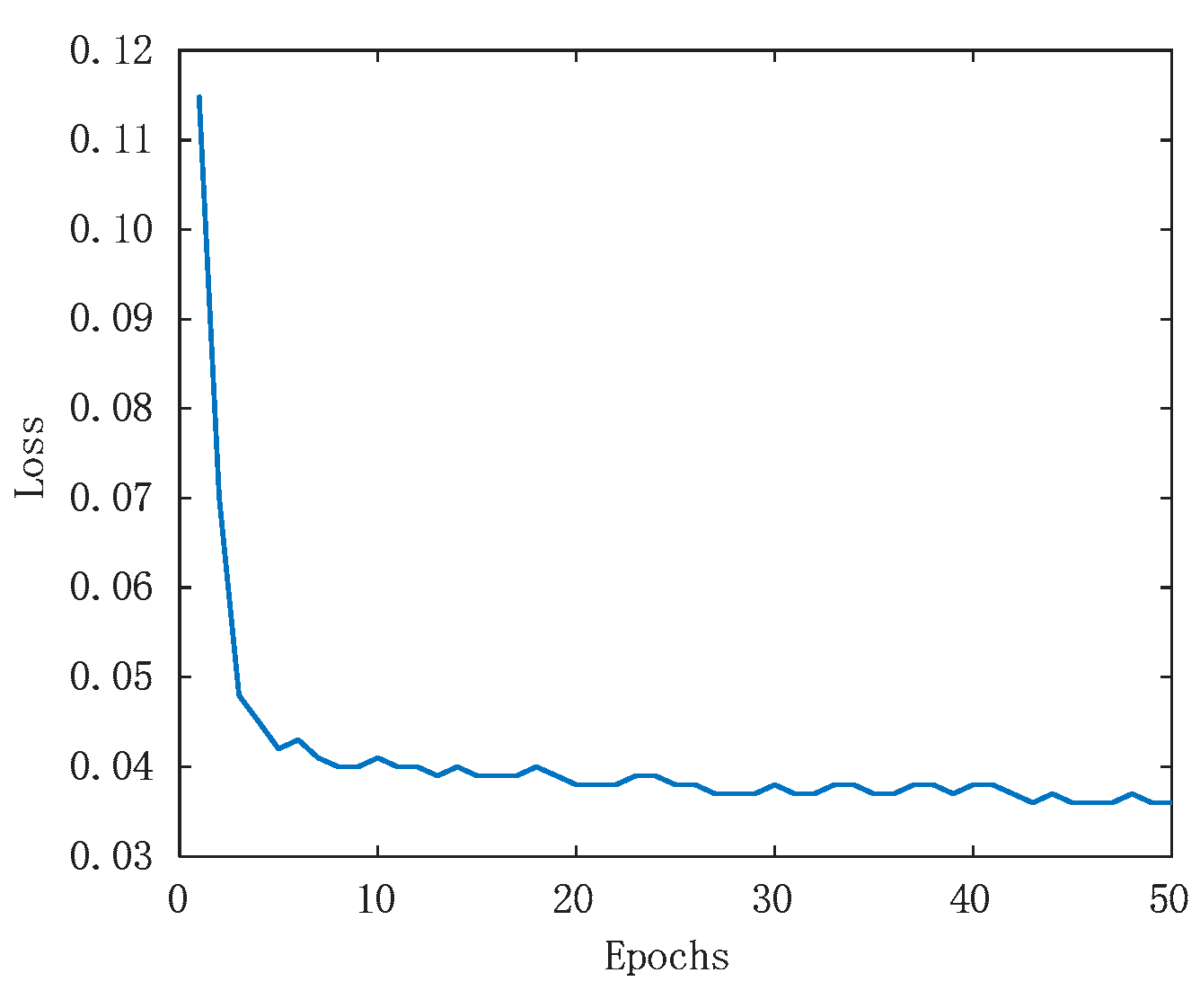



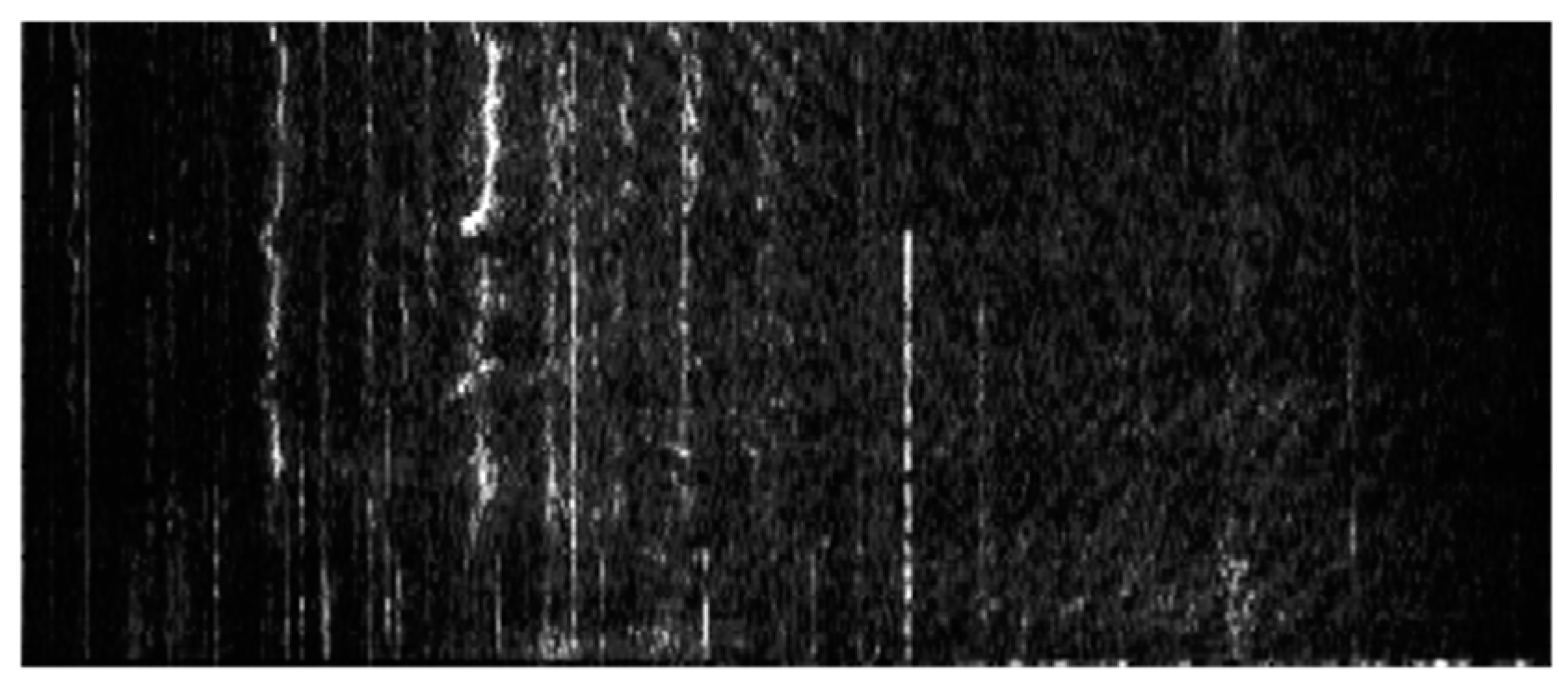

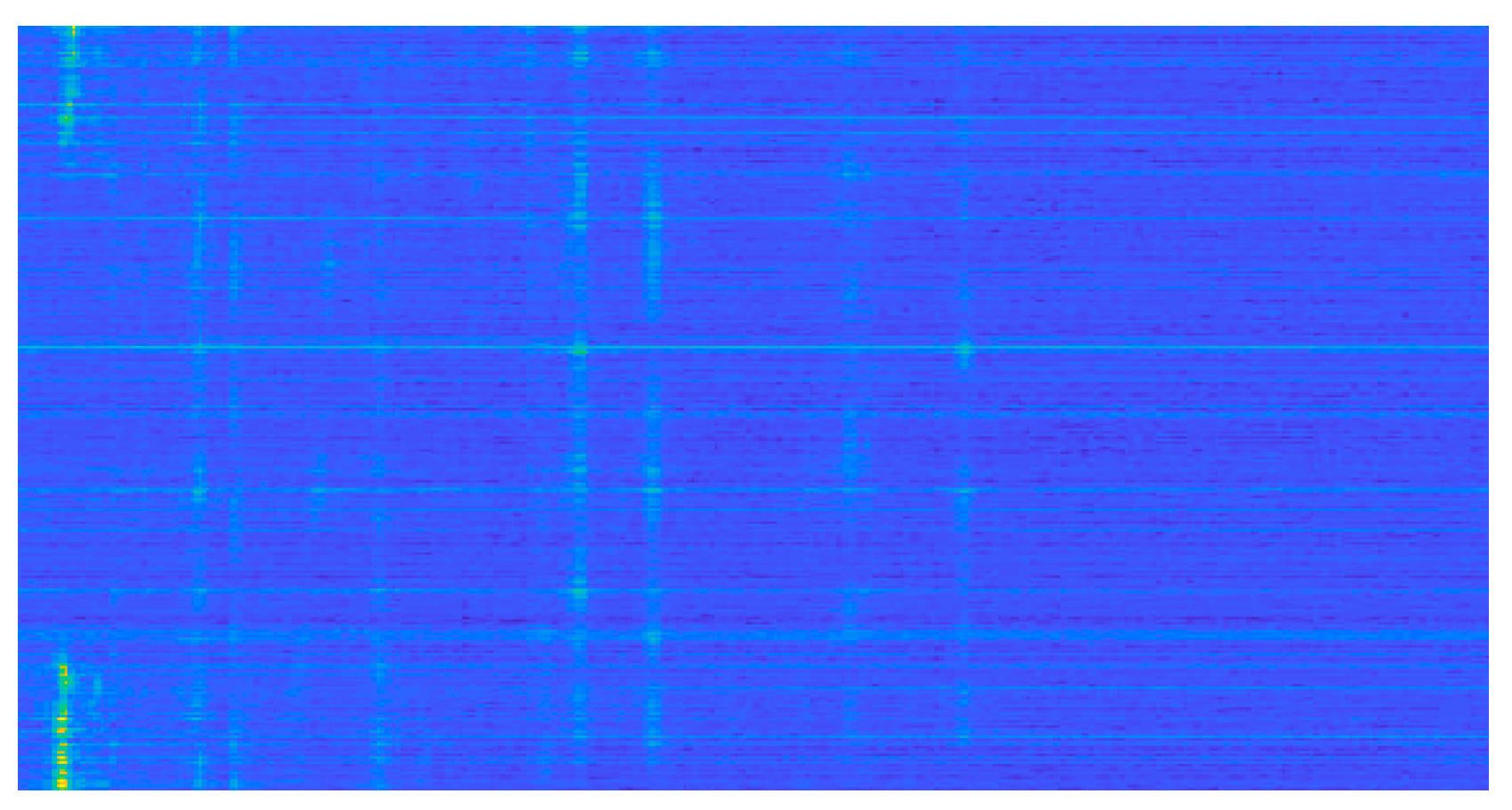
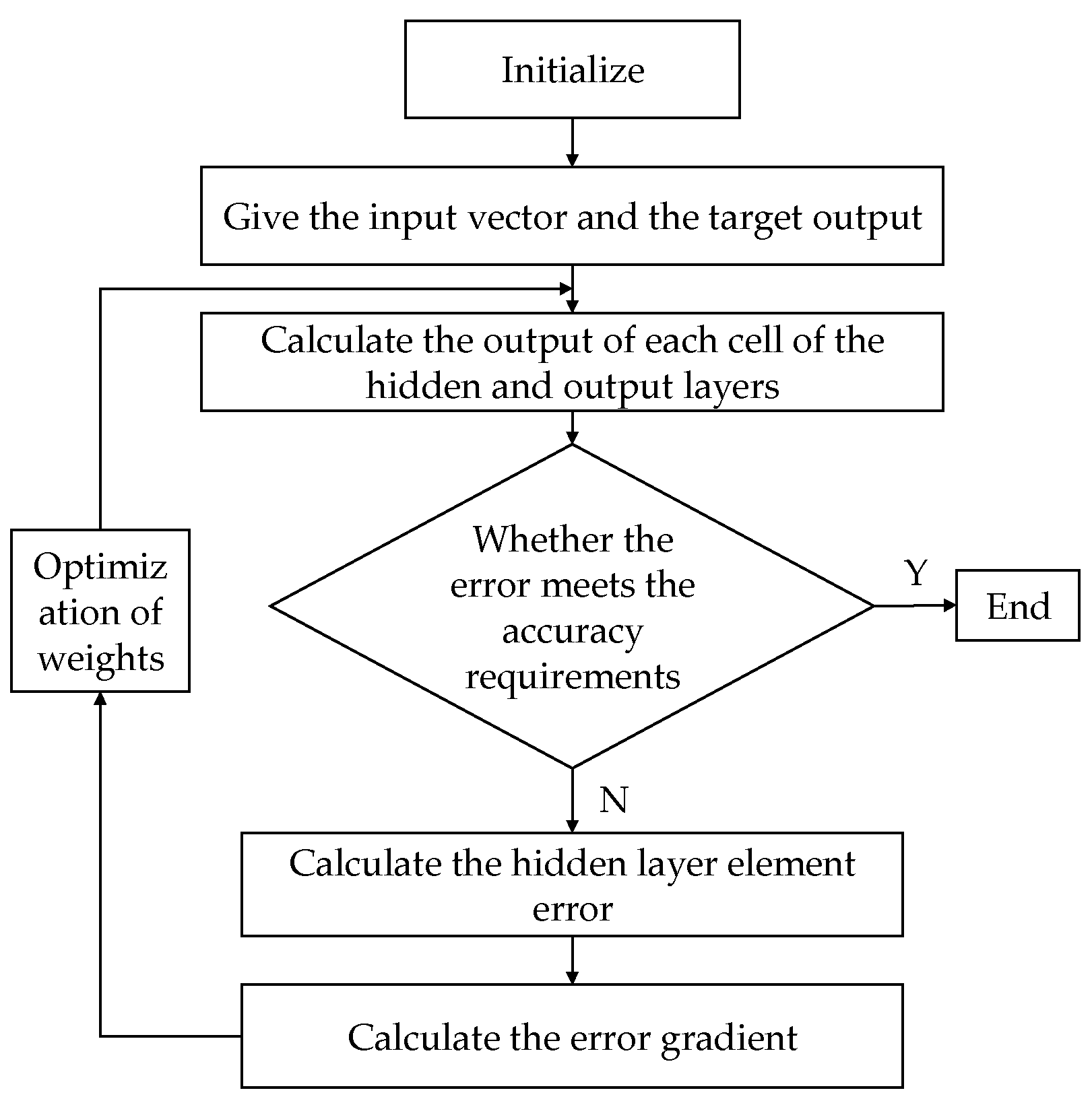

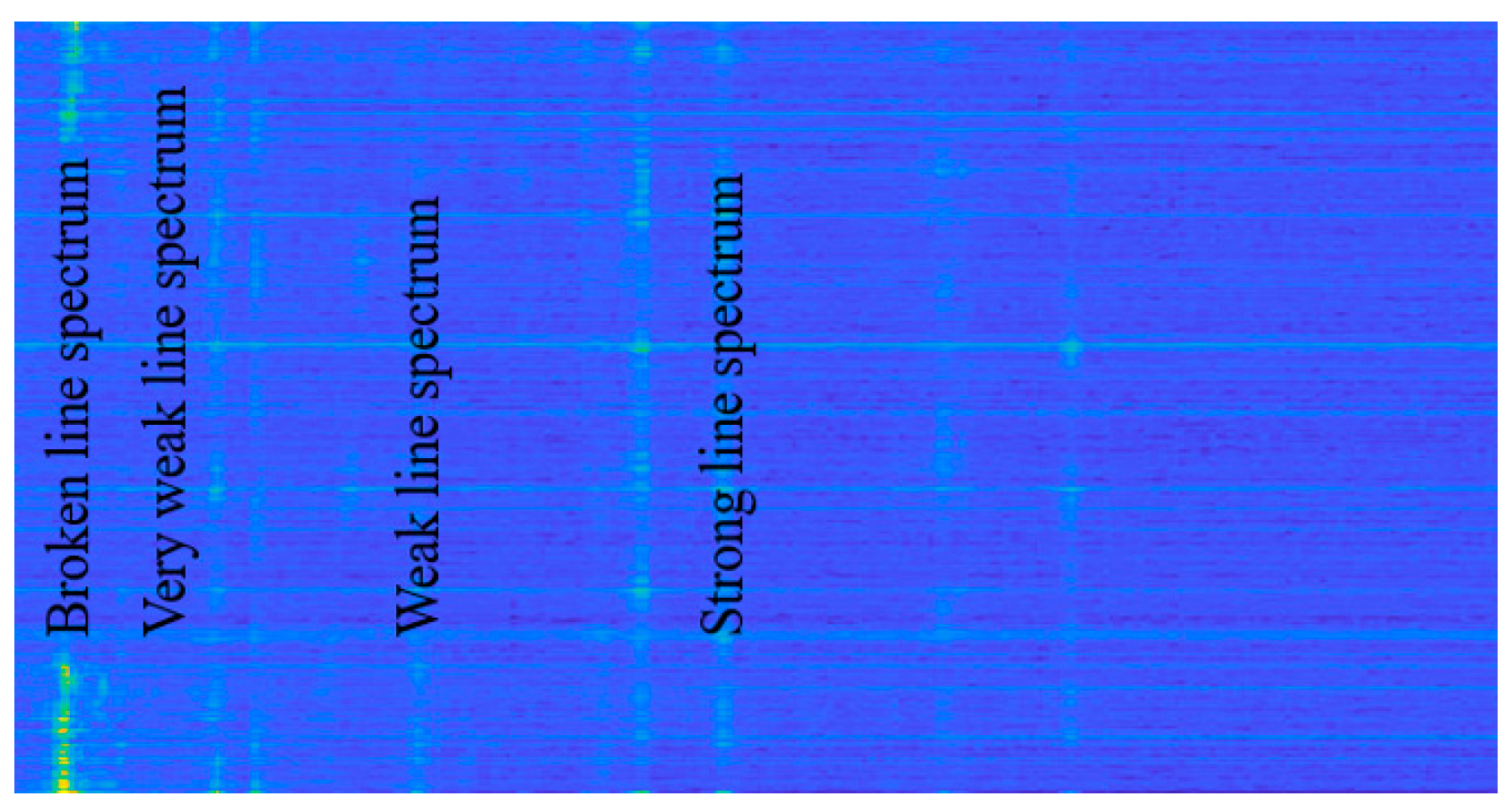
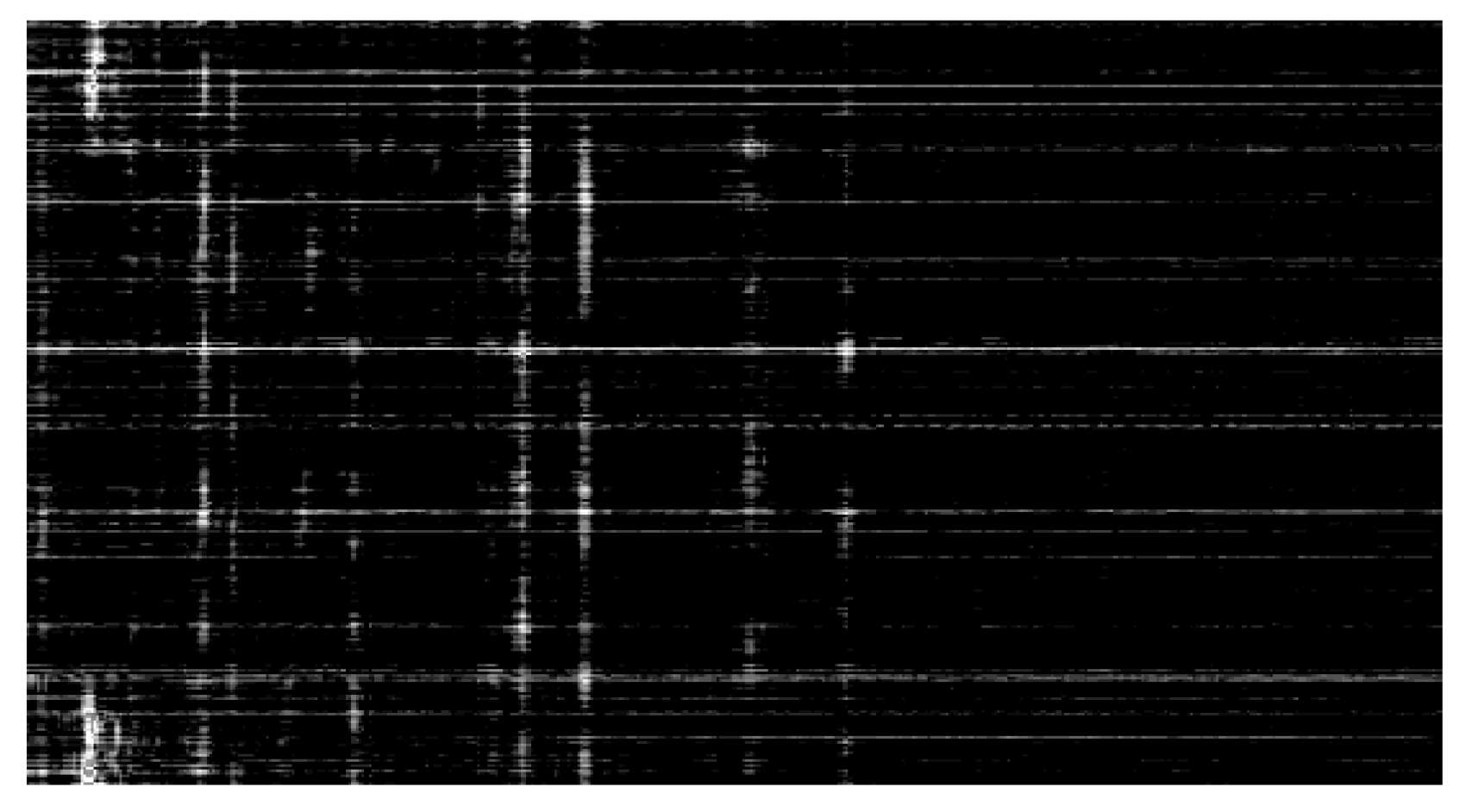
| Physical Quantity | Parameters |
|---|---|
| Number of hydrophones | 64 |
| Distance | 15 km |
| Sea state level | 3 |
| The target’s source level | 160 dB |
| Test frequency band | 10–300 Hz |
| Frequency resolution | 0.1 Hz |
| Method | Band (Δf) | Number of Line Spectrums (Nl) | Line Spectral Density (ρl) | Minimum Frequency Interval (fm) |
|---|---|---|---|---|
| Traditional method | 10–300 Hz 10–300 Hz | 11 | 0.037 | 7.0 Hz |
| DAE | 18 | 0.062 | 2.5 Hz |
Disclaimer/Publisher’s Note: The statements, opinions and data contained in all publications are solely those of the individual author(s) and contributor(s) and not of MDPI and/or the editor(s). MDPI and/or the editor(s) disclaim responsibility for any injury to people or property resulting from any ideas, methods, instructions or products referred to in the content. |
© 2024 by the authors. Licensee MDPI, Basel, Switzerland. This article is an open access article distributed under the terms and conditions of the Creative Commons Attribution (CC BY) license (https://creativecommons.org/licenses/by/4.0/).
Share and Cite
Ji, F.; Li, G.; Lu, S.; Ni, J. Research on a Feature Enhancement Extraction Method for Underwater Targets Based on Deep Autoencoder Networks. Appl. Sci. 2024, 14, 1341. https://doi.org/10.3390/app14041341
Ji F, Li G, Lu S, Ni J. Research on a Feature Enhancement Extraction Method for Underwater Targets Based on Deep Autoencoder Networks. Applied Sciences. 2024; 14(4):1341. https://doi.org/10.3390/app14041341
Chicago/Turabian StyleJi, Fang, Guonan Li, Shaoqing Lu, and Junshuai Ni. 2024. "Research on a Feature Enhancement Extraction Method for Underwater Targets Based on Deep Autoencoder Networks" Applied Sciences 14, no. 4: 1341. https://doi.org/10.3390/app14041341
APA StyleJi, F., Li, G., Lu, S., & Ni, J. (2024). Research on a Feature Enhancement Extraction Method for Underwater Targets Based on Deep Autoencoder Networks. Applied Sciences, 14(4), 1341. https://doi.org/10.3390/app14041341







